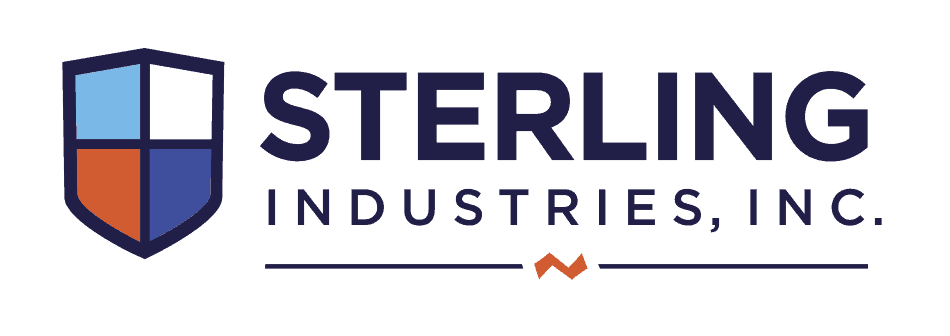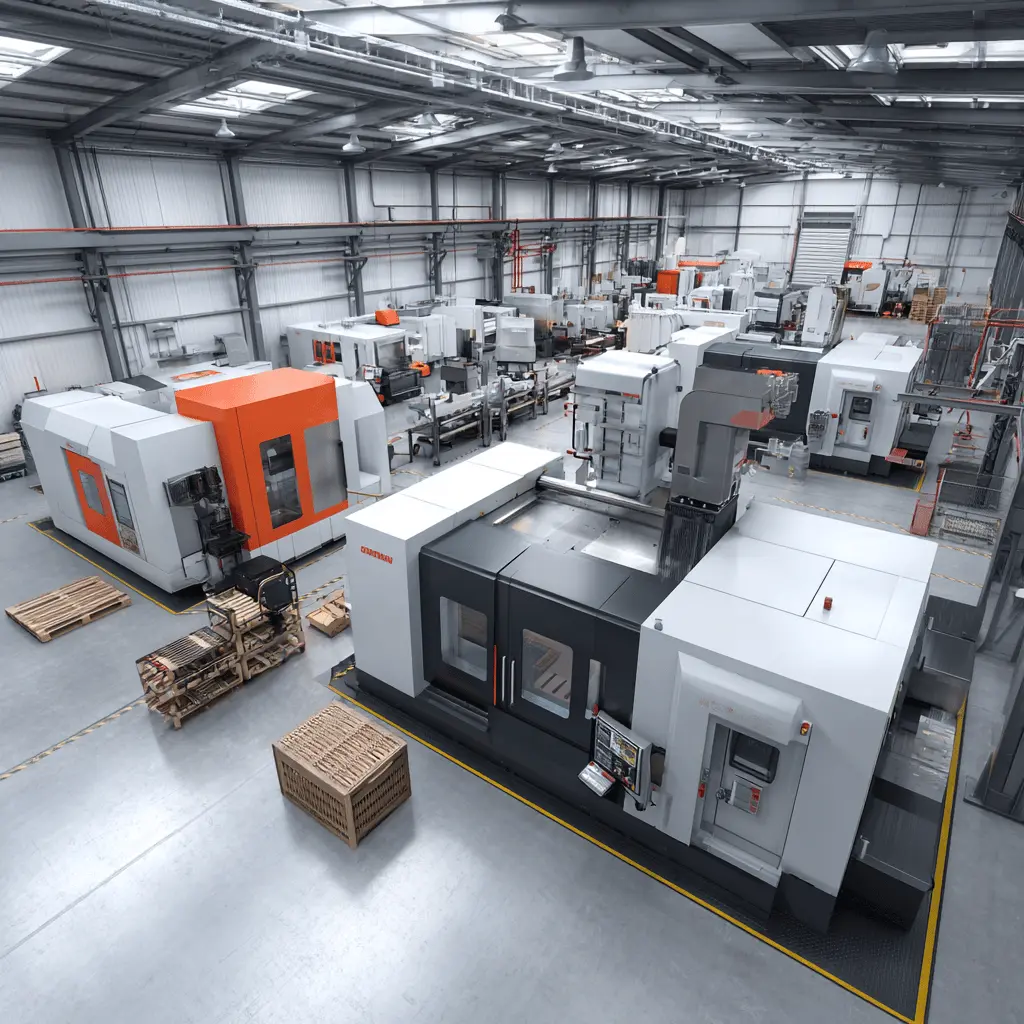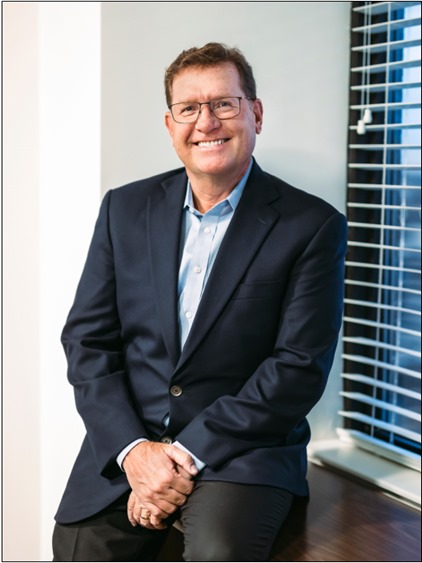When it comes to precision manufacturing, choosing the right machining method isn’t just about equipment — it’s about efficiency, quality, and part performance. Two commonly used processes at Sterling Industries are Swiss Turning and CNC Turning, each with unique strengths and applications.
In this post, we break down the key differences between the two and help you understand which is right for your component needs.
🔧 What Is CNC Turning?
CNC Turning (also called lathe turning) is a machining process in which the workpiece rotates while a cutting tool removes material to shape the part. It’s ideal for producing cylindrical components with precise diameters, bores, threads, and grooves.
🔹 CNC Turning at Sterling:
- Max Turning Diameter: 800 mm
- 24 Total Lathes (6 with live tooling)
- Supports bar, billet, and casting workflows
- Ideal for medium to large parts
- Tight tolerances to ±0.0005″
Typical CNC-Turned Components:
- Drivetrain hubs
- Powertrain couplers
- Pulleys and adapter rings
- Transmission shafts
- Flywheel and housing interfaces
⚙️ What Is Swiss Turning?
Swiss Turning, or Swiss-type machining, uses a sliding headstock to move the workpiece longitudinally while the cutting tool remains stationary. It allows for extremely precise and fast machining of small-diameter parts — especially those with a high length-to-diameter ratio.
🔹 Swiss Turning at Sterling:
- 5 Citizen Cincom Machines:
- L12 (Max Ø12 mm)
- L32 ×3, M32 (Max Ø32 mm)
- Twin spindle, rotary tooling, Y-axis milling
- High-speed, low-deflection machining
- Ideal for small, complex, tight-tolerance parts
Typical Swiss-Turned Components:
- Fuel system fittings
- Hydraulic valve pins
- Threaded shafts
- Precision bushings and spacers
- Brake line adapters
- Medical or instrumentation fasteners
⚖️ Key Differences: Swiss Turning vs. CNC Turning
| Feature | Swiss Turning | CNC Turning |
|---|---|---|
| Part Size | Small (Ø32 mm max) | Small to Large (Ø800 mm max) |
| Length-to-Diameter | Excellent for 3:1+ ratios | Ideal for shorter, thicker parts |
| Tolerance Control | Superior for micro-features | Tight for large parts |
| Cycle Speed | Fast for small parts | Efficient for moderate/large parts |
| Part Complexity | High — many features in one setup | Moderate to complex with live tooling |
| Best Use | Fuel, valve, aerospace, medtech | Powertrain, housings, adapters |
🧪 When to Choose Each
✅ Choose Swiss Turning if:
- Your part is long and thin, or has many micro-features
- You need high-volume production of small, complex components
- You’re working with tight bore, groove, or thread specs
- You’re sourcing fuel system or brake system fittings
✅ Choose CNC Turning if:
- Your part is medium to large in size
- You require strong structural components like housings or adapters
- You need live tooling for side features or cross-holes
- You work with cast or billet material requiring high material removal
🏁 Final Thoughts
Choosing the right machining process can make a critical difference in cost, quality, and lead time. At Sterling Industries, we offer both Swiss and CNC turning under one roof — supported by engineering, prototyping, and inspection capabilities that ensure your parts meet spec, every time.
Whether you’re manufacturing precision fuel system fittings or large powertrain components, we’ll help you select the best process for your design, volume, and performance needs.









